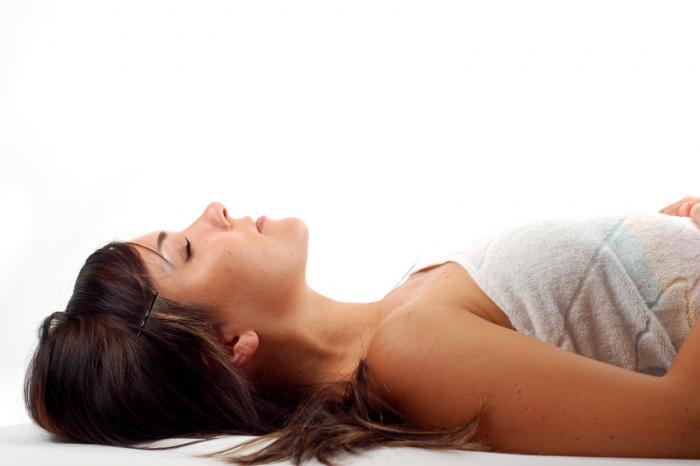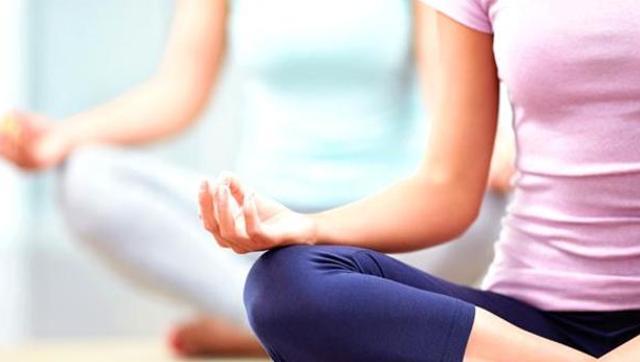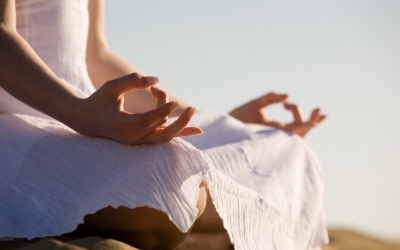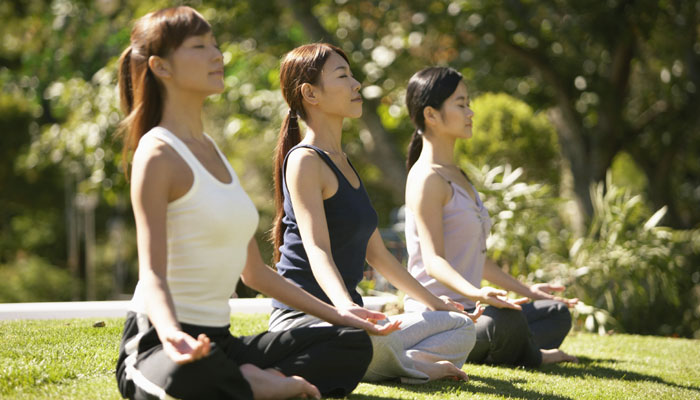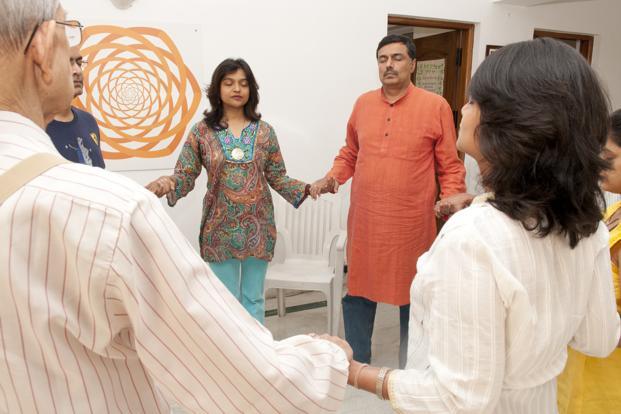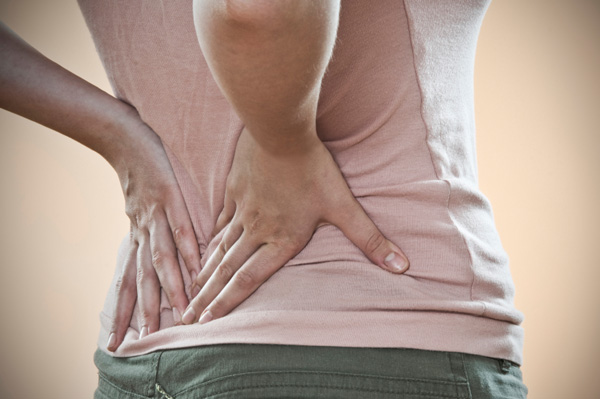
Scientifically proven ways to find back pain relief, no medication required.
No-pill ways to treat back pain
by Christine MattheisAchy back? You’re not alone: back problems send more Americans to the doctor annually than nearly any other medical problem, according to a 2013 Mayo Clinic study. Whether you’re recovering from misjudging a heavy load (we’ve all been there), dealing with a lingering injury, or have a chronic problem, you don’t necessarily need to resort to popping tons of pain relievers. Talk to your doc about these 15 expert-approved natural back pain remedies, and find out if they are safe and appropriate for you.
Yoga
Just say om. In a British study published in the Annals of Internal Medicine, low-back pain sufferers who took one yoga class a week for three months saw greater improvements in function compared to those receiving conventional care like medicine or physical therapy.
Stretching
The same study found that stretching is just as effective as yoga in treating back pain. The 52-minute stretching classes consisted of 15 exercises that stretched all major muscle groups, but emphasized the trunk and legs.
Massage
Two words: Treat yourself. Chronic low back pain sufferers who got weekly massages reported less pain after 10 weeks than those who didn’t, according to another Annals of Internal Medicine study.
Acupuncture
If the idea of having needles inserted into your skin gives you the heebie-jeebies, try to have an open mind—it may be the key to relieving your chronic back pain. In a study, people who received acupuncture treatments were more likely to find back pain relief than those receiving conventional care.
Talk therapy
Talking about your back pain with a therapist may bring some relief. In a UK study, back pain sufferers who had 90 minutes of group cognitive behavioral therapy a week for six weeks reported less pain during the treatment. (Cognitive behavioral therapy focuses on solving problems by changing thoughts and behavior.) A year later, 59% said their pain was totally cured, compared to just 31% in the group that did not go through therapy.
Strength training
Celebrity fitness trainer Kathy Kaehler has a test for you: “Stand with your back to a wall, shoulder blades pressed against it. Can you hold the position for the length of the song ‘Happy Birthday’? If not, you’ll need to strengthen your back and core.” Building strength in those areas can help prevent and relieve back pain. Try these four moves.
Physical therapy
Good things come to those who wait—except perhaps when it comes to back pain treatment. Starting physical therapy within two weeks of back pain onset was associated with less risk of need for subsequent medical care as well as lower overall health costs, according to a study published in the journal Spine
Osteopathic manual therapy
In osteopathic manual therapy (OMT), an osteopath or chiropractor moves your back muscles using hands-on techniques such as stretching, light pressure, and resistance. One study found that people who underwent OMT for 12 weeks saw a 30% reduction in their pain level
Stress reduction
Learning to keep your cool is as good for your back as it is for your mental health. When you’re anxious, your body sets off the “fight or flight” response, which involves tensing your muscles so you’re ready to spring into action. One European study revealed that people prone to negative thoughts and anxiety are more likely to suffer from back pain. Get calm now with these stress-busting solutions.
Meditation
Meditation has been proven to reduce chronic pain in several scientific studies. Research from Duke University found that people suffering from chronic back pain saw significant reductions in pain and psychological distress after practicing a form of meditation that focuses on releasing anger. In another study, meditators experienced a 40% reduction in pain intensity.
Comfrey root
People who used an ointment that contains this plant-based extract for 5 days reduced the intensity of lower back pain by 95%, according to a 2009 study conducted by Merck (which manufactures the ointment). In comparison, a placebo group had a 38% reduction in pain during that same time, according to the study in the British Journal of Sports Medicine. Look for comfrey root ointment in health food stores or online. Just don’t use it for more than 10 days at a time—it can be toxic.
Aquatic therapy
Aquatic therapy is essentially physical therapy in a pool. Instead of using weights for resistance, patients use the resistance of the water. Studies show it may help alleviate lower back pain. In one 2013 study, sedentary adults who underwent aquatic therapy five times a week for two months saw reductions in pain and increases in quality of life. One smaller study found that aquatic therapy also helped pregnant women who were experiencing aching lower backs.
Tai Chi
This slow-moving form of Chinese martial arts may be an effective back pain treatment. In a 2011 American College of Rheumatology study, people who completed two 40-minute Tai Chi sessions a week for 10 weeks reduced pain intensity 1.3 points on a zero to 10 scale.
The Alexander technique
A form of physical therapy, practitioners of the Alexander technique teach patients how to adjust their posture during everyday activities to reduce muscular tension and stress. In a BMJ study, people who took lessons in the Alexander technique saw long-term improvement in pain and quality of life.
Pilates
It may be tempting to quit exercising when you’re suffering from back pain, but it’s essential to keep yourself moving. Pilates is one great option. In a 2014 European Journal of Physical Rehabilitation Medicine study, researchers found an improvement in pain, disability, and psychological health in chronic low-back pain patients who took five hourlong Pilates classes a week for six months. Meanwhile, people who remained inactive experienced further worsening of their pain. Similarly, a Medicine and Science in Sport and Exercise study revealed that taking either Pilates or a general exercise class twice a week for six weeks both improved pain and quality of life.
Source: Health
